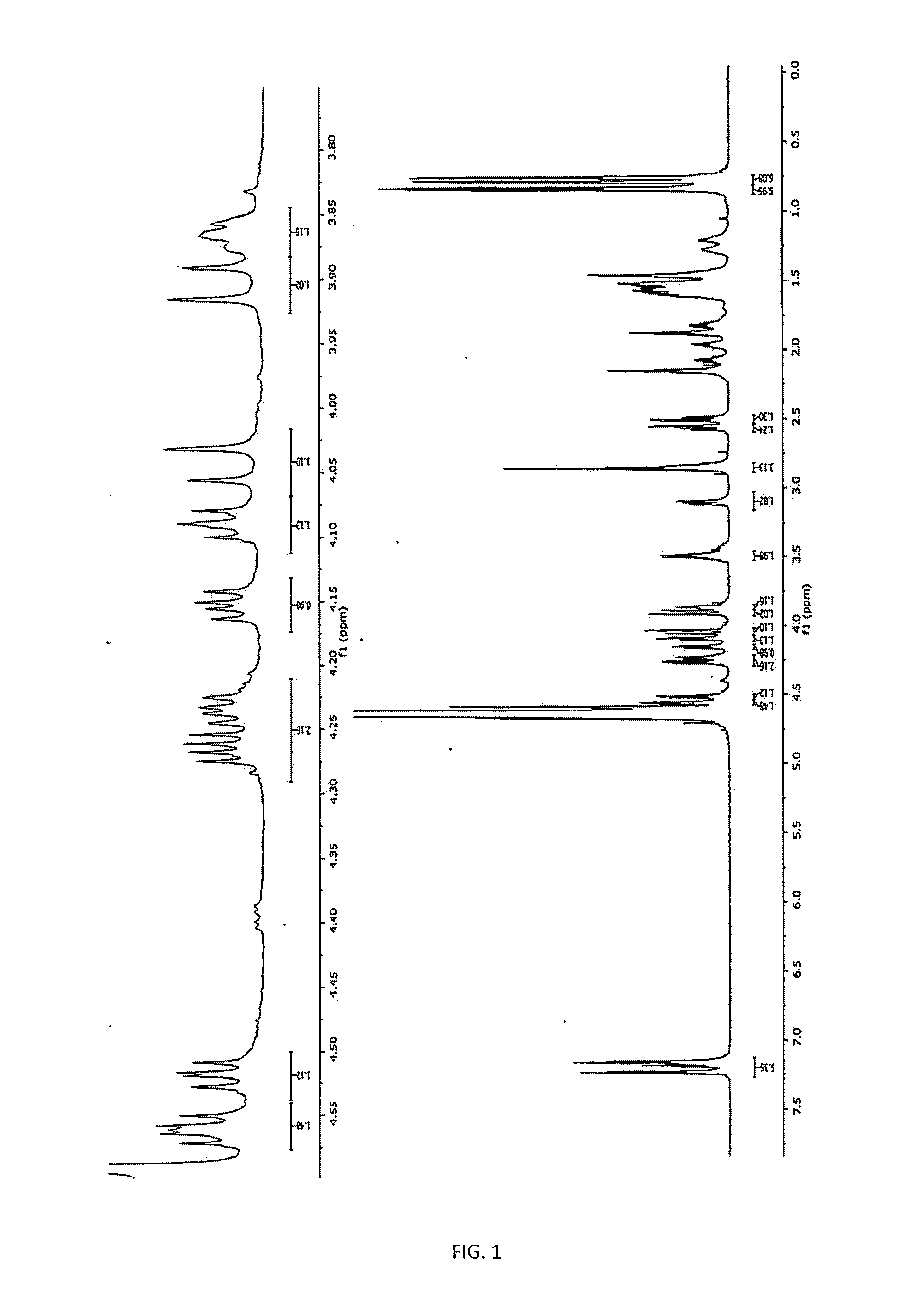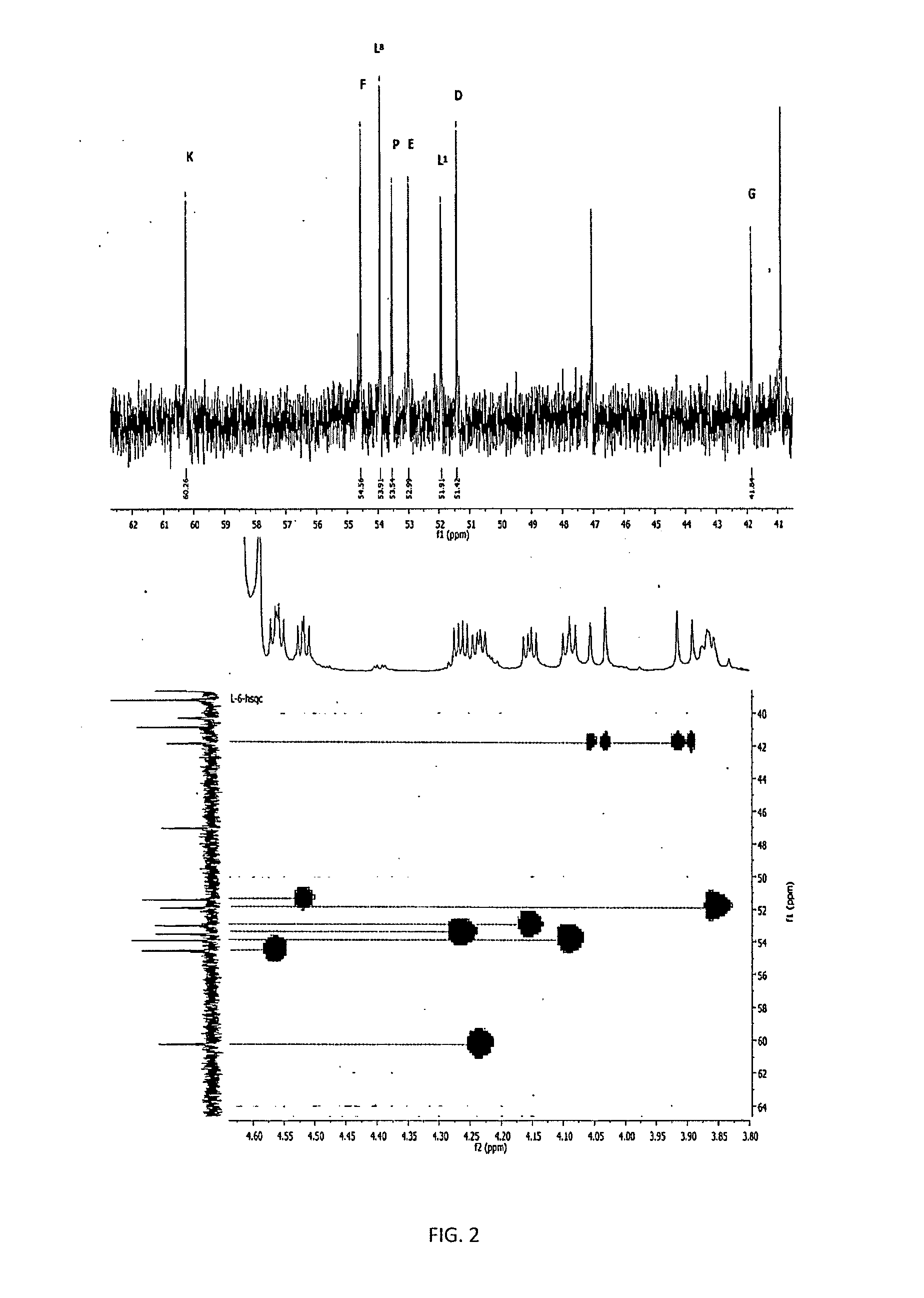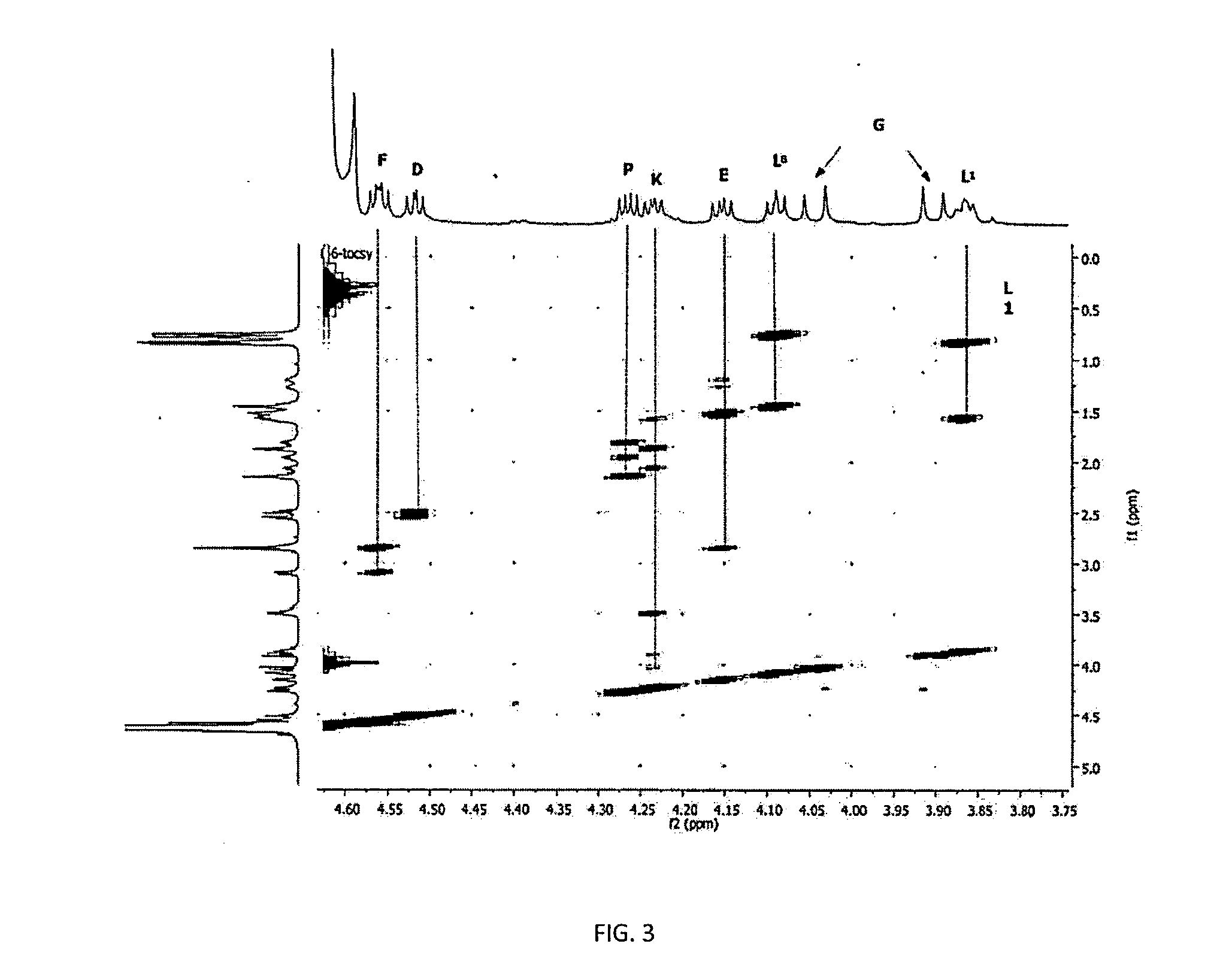Immunomodulator metallopeptides (IMMPS) and compositions containing same
a technology of immunomodulator and metallopeptide, which is applied in the field of complexes having an immunomodulator effect in humans and animals, can solve problems such as self-injury or autoimmunity, chronic infection, hypersensitivity reaction or autoimmune reaction
- Summary
- Abstract
- Description
- Claims
- Application Information
AI Technical Summary
Benefits of technology
Problems solved by technology
Method used
Image
Examples
example 1
Zinc Effect and Other Ions, Besides the DTPA Over the IMMP Effects of the Invention
[0136]In the literature there is a wide variation in the effective doses reported for LEDGPKFL peptide and since there is the antecendent of that in the thymus the zinc ion is found in abundance, likewise, it has also reported the presence of at least one thymic peptide joining zinc, we decided stimulate THP-1 cells with different concentrations of the peptide, zinc, and peptide+zinc to concentration of 1 micromolar, since the serum concentrations of zinc range between 7.6 to 22 μM. The obtained results are shown in Table 1.
TABLE 1Comparative effect of different LEDGPKFL peptideconcentrations, zinc and peptide + zinc (1 nM) on the proliferation ofTHP-1 cells co-stimulated with LPS (0.5 μg / mL).Proliferation (% with respect to the control)PeptideLEDGPKFL +Concentration (M)Peptide LEDGPKFLZinc (1 μM)Zinc (1 μM)CONTROL100 ± 3.4100 ± 3.4100 ± 3.4−12102 ± 4.3 98 ± 4.5108 ± 3.1−11104 ± 6.9101 ± 3.9140 ± 5.1*...
example 2
Demonstration of the Metallopeptide Complex Formation of the Invention
[0144]To show that the increase in the potency of the peptide of formula I by adding zinc was not an additive effect, but it was the formation of a molecular complex with more power than their predecessors by separated, we proceeded to perform studies of nuclear magnetic resonance.
[0145]It was used two Varian Unity Inovacon equipments of frequencies for core of 1H at 400 MHz and 699.815 MHz at a temperature of 25° C. The spectra were obtained in D2O, and in some cases in mixtures D2O—H2O, using DSS and CDCl3 as external references for 1H and 13C, respectively.
[0146]As shown in FIGS. 1 to 4, by interacting with the zinc, the carboxylic groups of the glutamic acid (D) change toward downfield (Δδ+0.027 ppm), while that of the aspartic acid (E) and the terminal carboxylic acid of the Leucine (L) at the 8th position of the peptide suffer a displacement toward highfield (Δδ−0.016 and −0.051 ppm, respectively), which sug...
example 3
Study of the Effect of Other Ions on the Peptide Potency
[0147]We proceeded to perform some related to the proliferative stimulation of the peptide in presence of other divalent cations such as magnesium, copper, and manganese. The obtained results are shown in Table 8.
TABLE 8Effect of the divalent cations Mg++, Cu++, y Mn++ on the THP-1cell proliferation stimulated with LPS (0.5 μg / mL) and different concentrations of theLEDGPKFL peptide.Proliferation (% with respect to the control)[LEDGPKFL Peptide] (M)WITHOUT IONZINCMAGNESIUMCOOPERMANGANESECONTROL100 ± 3.4100 ± 3.4100 ± 3.4100 ± 3.4100 ± 3.4−10108 ± 8.5#180 ± 3.9*146 ± 8*#138 ± 1.1*#137 ± 10*#−9110 ± 12.7#176 ± 4.1*167 ± 10*164 ± 5.1*145 ± 12*#−8140 ± 5.4*#178 ± 2.9*162 ± 7*#167 ± 13*150 ± 6*#−7170 ± 10.1*160 ± 7.9*158 ± 6*160 ± 6*162 ± 15*It was used a peptide relation: ion of 1:10. a peptide ratio was used. Each value represents the mean ± SD of three experiments performed by triplicate.*p > 0.01 with respect to the to control gr...
PUM
| Property | Measurement | Unit |
|---|---|---|
| body weight | aaaaa | aaaaa |
| time | aaaaa | aaaaa |
| time | aaaaa | aaaaa |
Abstract
Description
Claims
Application Information
 Login to View More
Login to View More - R&D
- Intellectual Property
- Life Sciences
- Materials
- Tech Scout
- Unparalleled Data Quality
- Higher Quality Content
- 60% Fewer Hallucinations
Browse by: Latest US Patents, China's latest patents, Technical Efficacy Thesaurus, Application Domain, Technology Topic, Popular Technical Reports.
© 2025 PatSnap. All rights reserved.Legal|Privacy policy|Modern Slavery Act Transparency Statement|Sitemap|About US| Contact US: help@patsnap.com



